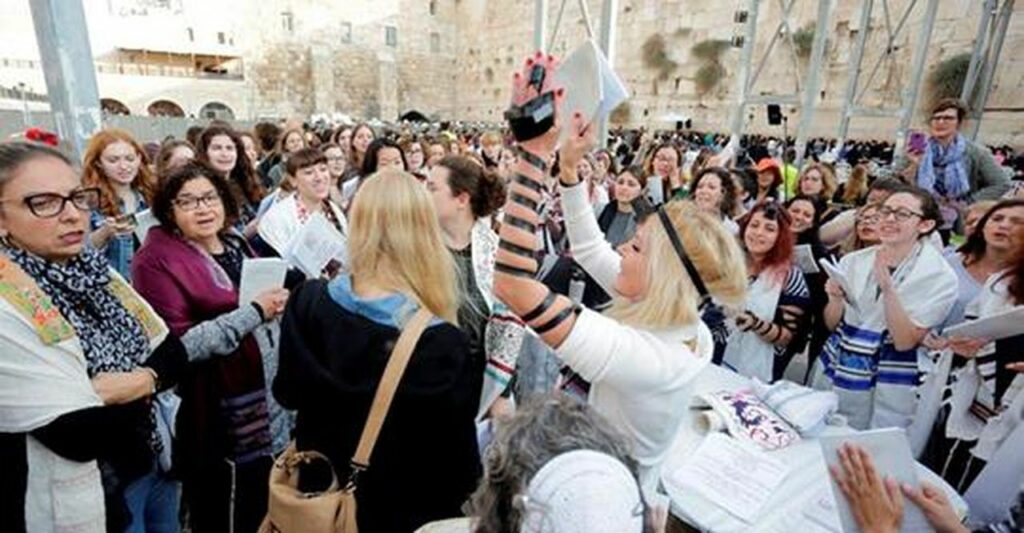WOW can mean something amazing as well as the act of resilience. The two meanings apply perfectly to the mission of Women of the Wall (WOW).

WOW can mean something amazing as well as the act of resilience. The two meanings apply perfectly to the mission of Women of the Wall (WOW), founded in 1988 to achieve social and legal recognition of the right as women, to wear prayer shawls (tallit), pray out loud and read from the Torah collectively at the women’s section of the Kotel. Thirty years have passed and the state of “breaking the walls” of ultra-orthodoxy continues to serve as building blocks of WOW movement towards the ethical and egalitarian Judaism.
Anat Hoffman, the chairperson of Women of the Wall, reinforces the bricks with extra cement of resilience by saying that “for this moment that we have reached the kingdom”; after years of our pushing just to be recognized, the Israeli government has been forced to reckon with the diversity of voices in Jewish life, and no serious discussion of religious freedom at the Kotel can take place without Women of the Wall’s presence at the table. We have arrived at the “kingdom, and we will not be silenced”.
What are the continuous challenges and outcomes of WOW in the years to come? How Jewish Women outside the Kotel can be part of this irreversible pacific WOW revolution? Our newsletter went to hear the eco and good news is: there are amazing and resilient resonances. What are the challenges and continuing results of WOW in the coming years? How can Jewish women outside the Western Wall be part of this irreversible WOW movement?
Our newsletter went to hear the echo and good news is: there are amazing and resilient resonances What are the challenges and continuing results of WOW in the coming years? How can Jewish women outside the Western Wall be part of this irreversible WOW revolution? Our newsletter went heard the echo and the good news is: there are amazing and resilient resonances

“The beauty of Judaism lies precisely in the possibility of creating paths that are built according to contemporaneity. Throughout history there is the beautiful process of women’s empowerment, and this phenomenon that is universal could never fail to be incorporated into inclusive, pluralistic Judaism that is very significant and connects us with our patriarchs and matriarchs. The Women of the Nashot HaKotel movement is absolutely relevant to society and to the world. I really want to dedicate myself and support them. Two years ago when, together with a group of adult women from Brazil, we went, some for the first time and others as in my case with the prospect of resignifying the bat mitzva. We were together with the women of Kotel doing our ceremony and feeling ourselves inserted in this millennial and spiritual Jewish chain.”
Ruth Goldberg, S�o Paulo
“I was with Nashot Hakotel in two different moments: the first, in the collective bat mitzvah of women of Latin America in the Egalitarian Kotel (also known as Kotel Hamishpachot – the family wall); the second, just a year ago, reading the Torah in the female part of Kotel Hamaravi. If at first it was possible to feel the strength and positive energy of this group that empowers women to exercise their religiousness with freedom, in the second I understand the need for support and strength they have to fight for our rights of religious freedom in Israel. Anat Hoffman, central figure of the movement, is a strong, present, impressive woman. A modern-day real-life heroine whom I greatly admire.”


